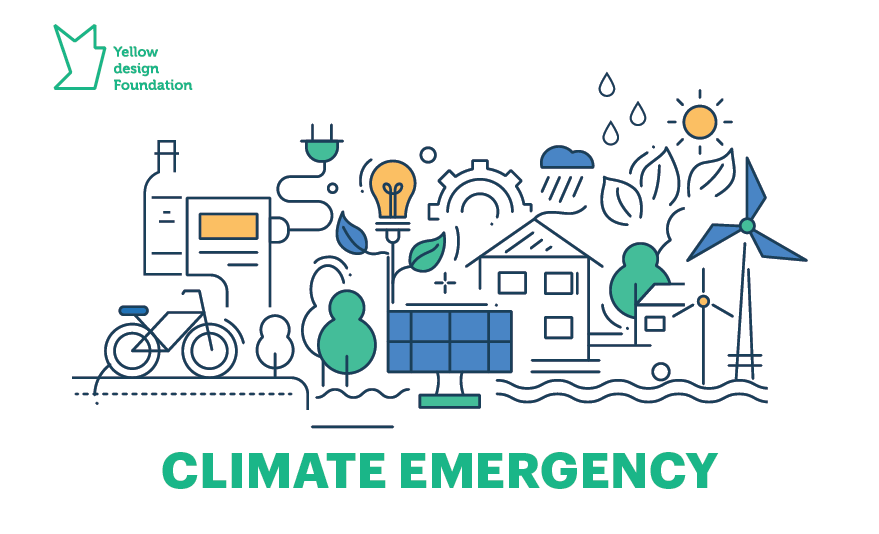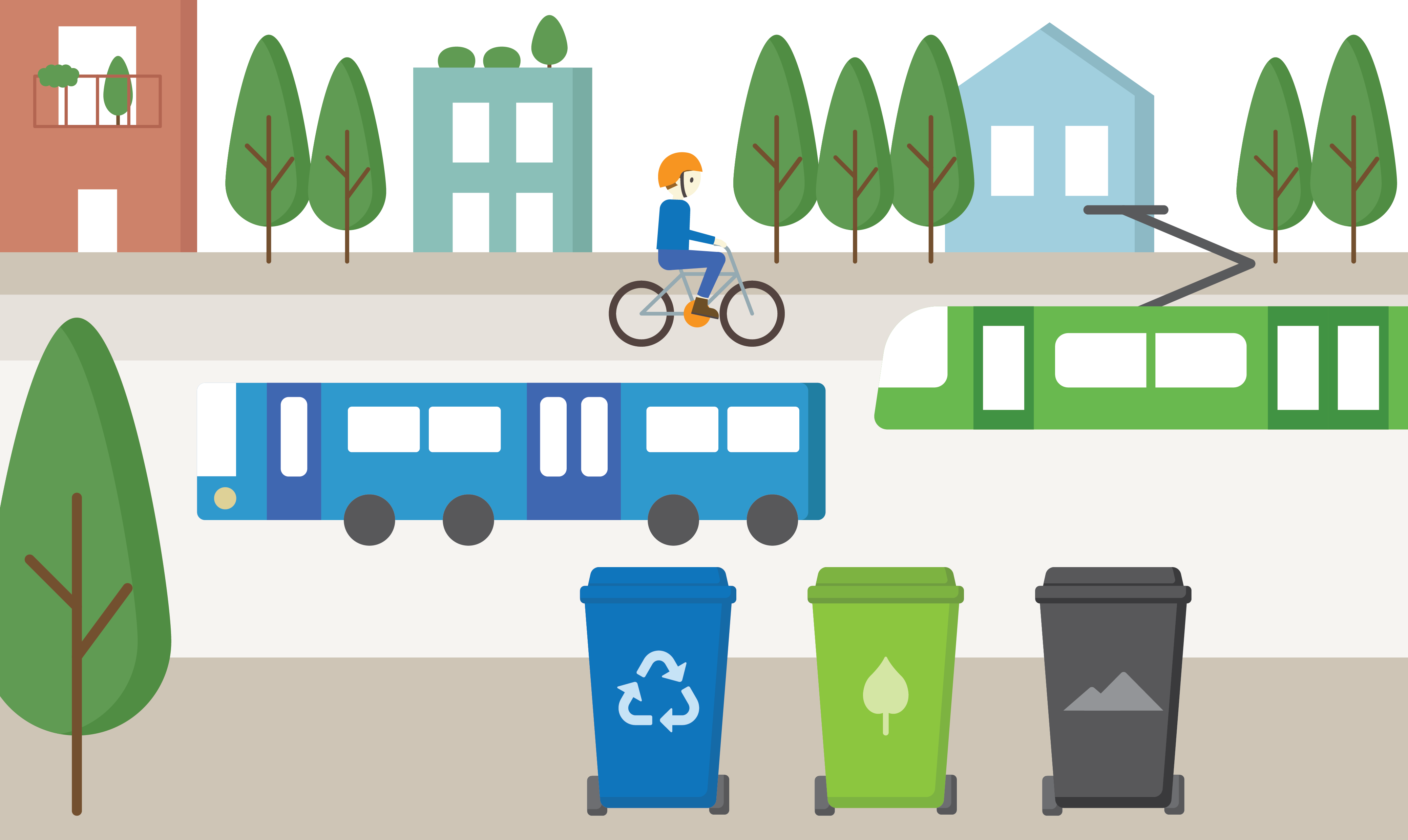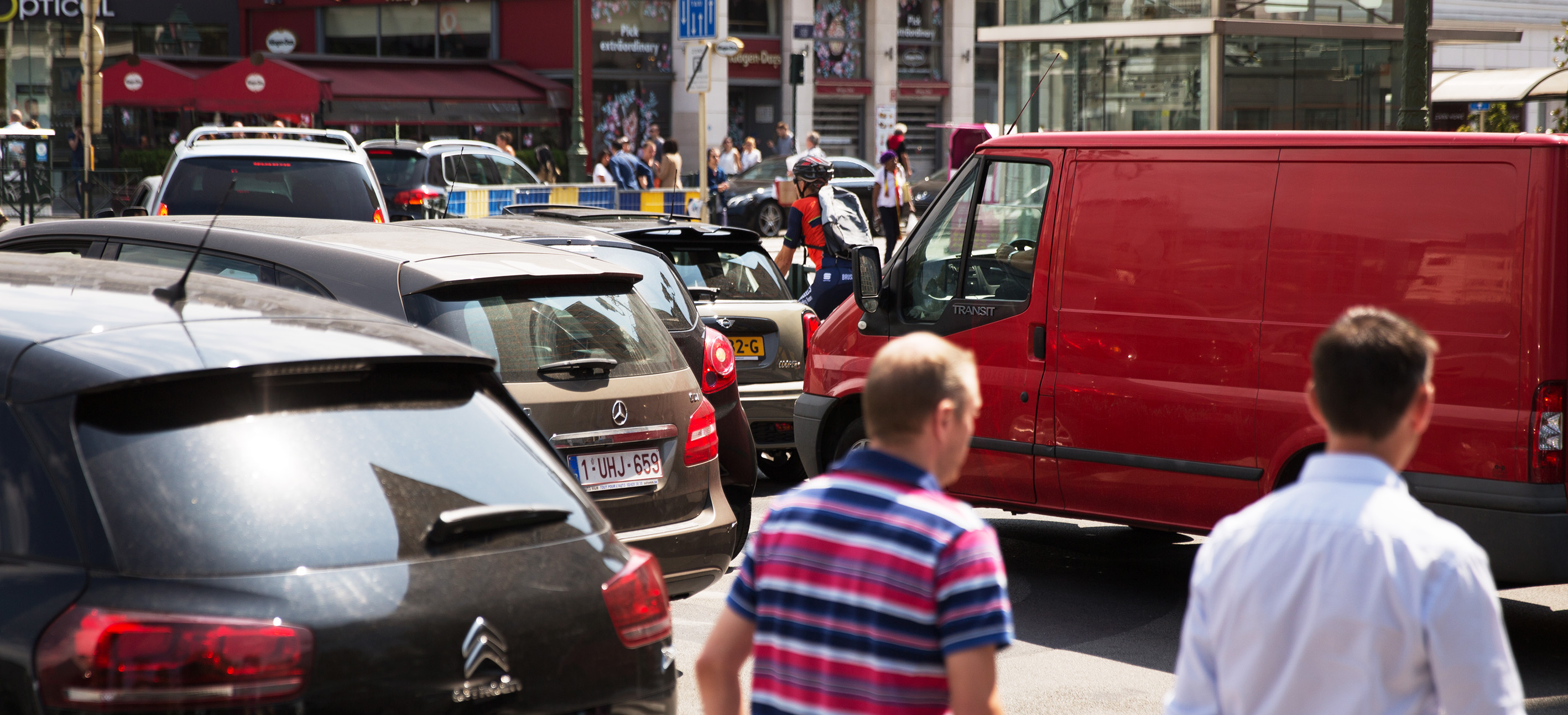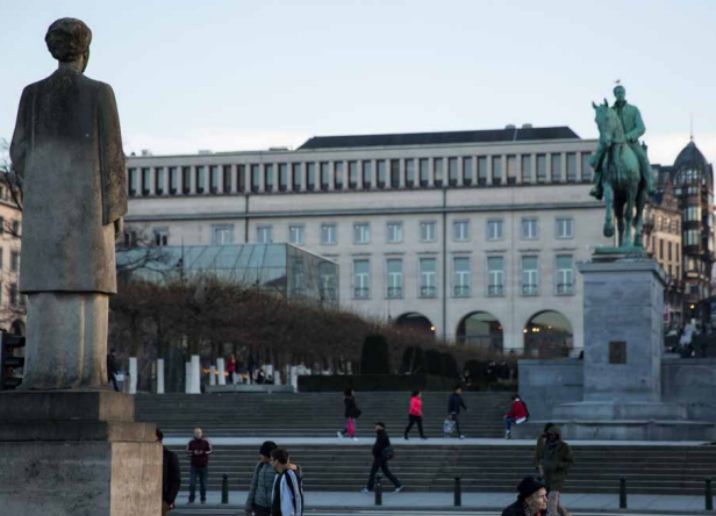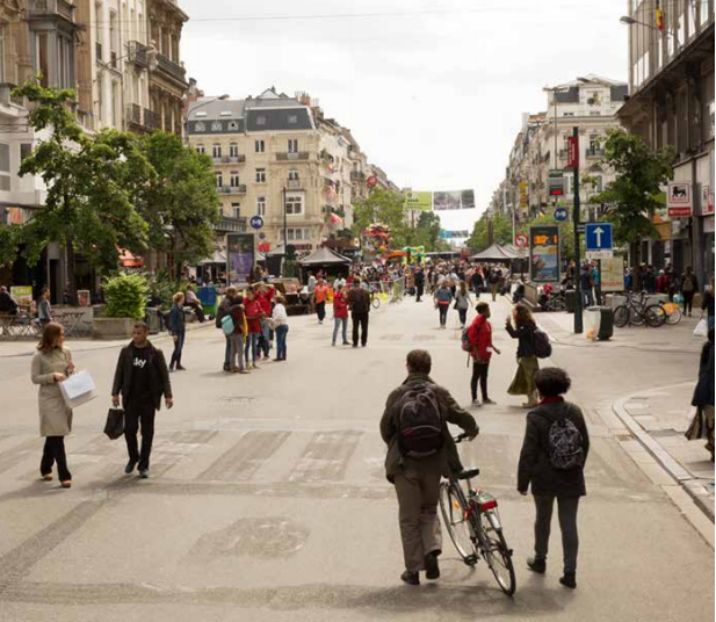Only 12% of citizens are conscious of the dramatic situation of our planet and changes needed to their behaviour.
We shouldn’t blame or disdain, but must make a persuasive effort now for tomorrow in order to reach the tipping point of 25% for social change, tomorrow.
In view of this, Yellow design Foundation (Brussels,B) with the support of ESG matters (Copenhagen, D) drafted a Manifesto suggesting measures that allow citizens to make climate friendly choices.
Here is a list of possible actions. It mainly focusses on mobility, but food, healthcare, fashion, are to be added.key issues as well.
Download full document

